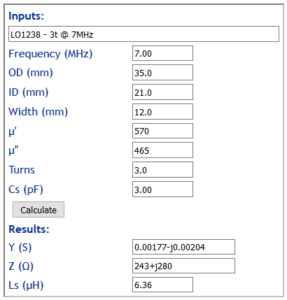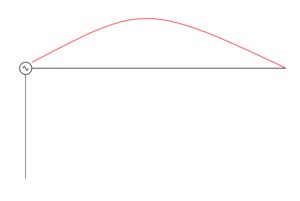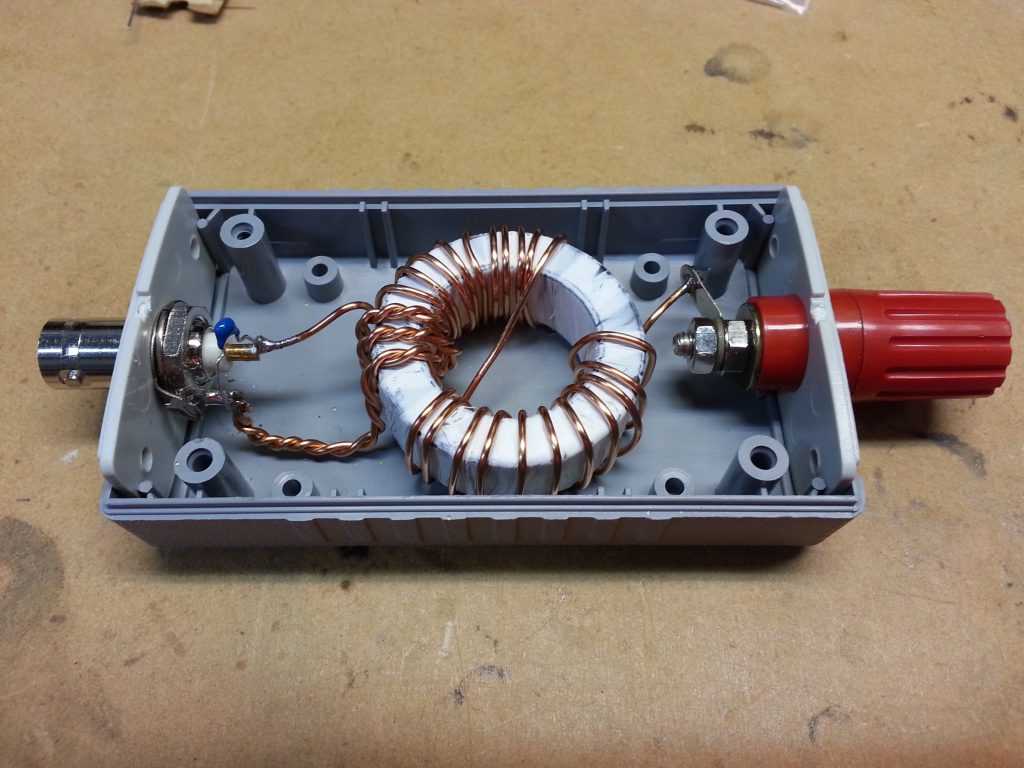Ellington describes in a Youtube video his high power matching transformer for an EFHW, he rates it suited to 500W CW.
Like almost all such ‘designs’, they are published without supporting measurements or simulations.
The transformer is intended to be used with a load such that the input impedance Zin is approximately 50+j0Ω, Gin=0.02S.
Analysis of a simple model of the transformer with a load such that input impedance is 50+j0Ω gives insight into likely core losses.
Continue reading Ellington 3 x FT240-52 matching transformer for an EFHW








